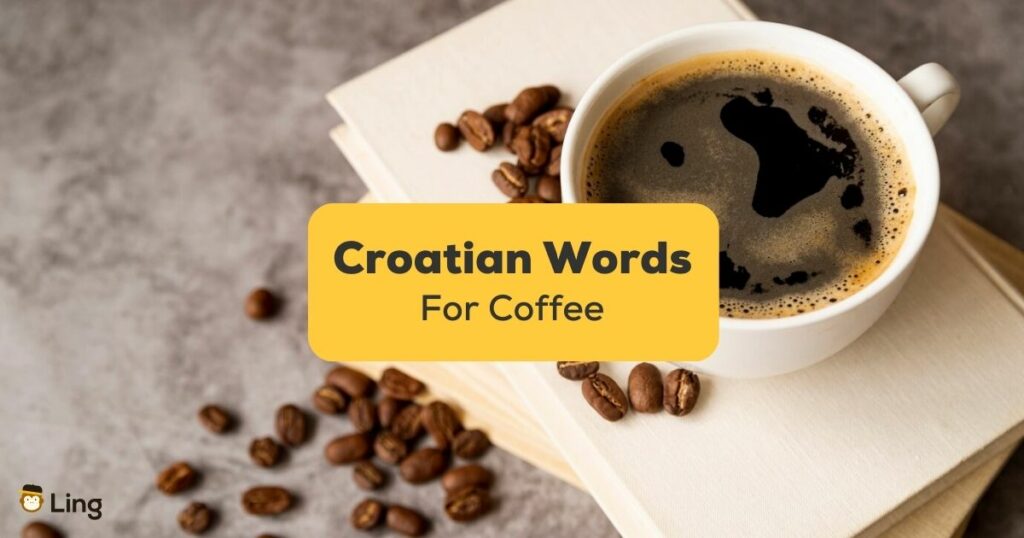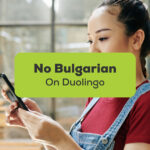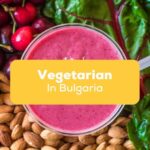If you’re a coffee lover and an aspiring language learner, this article is for you! Croatia is a beautiful country with a long history of coffee culture. It offers a unique chance to learn more about caffeine and Croatian words for coffee. At the same time, pick up a few Croatian phrases along the way. Here, we’ll discover the essence of Croatian coffee culture, learn how coffee is roasted and served, and introduce you to some essential Croatian words for coffee.
Croatian Coffee Culture
Coffee in Croatia, or “kava,” holds a special place in the hearts of its people. It’s a morning pick-me-up, a social activity, a daily ritual, and a way to connect with friends and family.
In Croatian coffee culture, it’s not only about instant coffee but also about the company. Coffee drinking is a social affair, and spending hours chatting with friends or family over a cup of kava is customary. One delightful aspect of this culture is the unspoken rule: the slower you sip, the better. Taking your time is not just encouraged; it’s expected.
And here’s a fun fact: traditional Croatian coffee doesn’t come with a side of Wi-Fi or laptops; it’s a chance to disconnect from the digital world and reconnect with each other. So, if you find yourself in a Croatian café, remember to relish the moment, enjoy the company, and let the world wait while you sip your sweet and satisfying cup of kava.
Marketplace Delights
For a truly authentic experience, head to the local markets. The aroma of freshly ground coffee beans blends with the chatter of vendors, creating a bustling and inviting atmosphere.
Here, you’ll find an assortment of coffee beans, each with its distinct flavor profile. From bold and strong to mellow and nutty, the market stalls offer a coffee lover’s paradise.
Roasting & Serving Process
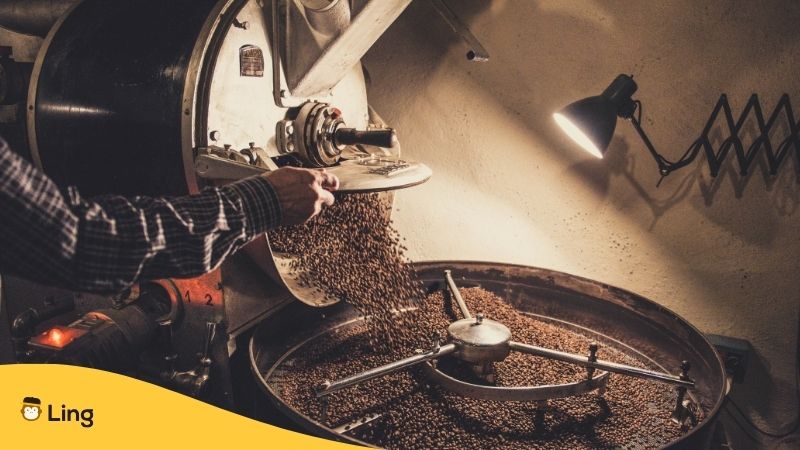
Croatia, while not traditionally a coffee-producing country, has embraced coffee culture with open arms. Most of the coffee in Croatia is imported, but that hasn’t stopped locals from perfecting the art of roasting and serving.
- Kava u zrnu (Coffee beans): Coffee starts with the beans, and you can find a variety of them in Croatian markets, from local to international brands.
- Mlinac za kavu (Coffee grinder): Many Croatians prefer grinding their coffee beans just before brewing to ensure freshness.
- Kava u prahu (Ground coffee): You can buy pre-ground coffee conveniently if you don’t have a grinder at home.
- Kava u džezvi (Coffee in a pot): Croatian coffee is often prepared in a “džezva” (pot) or “fildžan” (small cup) for an authentic experience.
- Kipuća voda (Boiling water): Hot water is added to the coffee grounds in the džezva.
- Šećer (Sugar): Adjust sweetness to your liking.
- Mlijeko (Milk): You can also add milk to make various coffee variations like “bijela kava” (white coffee).
- Šlag (Whipped cream): Some like to top their coffee with a bit of whipped cream for added indulgence (me!)
- Kava na otvorenom (Outdoor coffee): Many cafes in Croatia offer outdoor seating, making it perfect for people-watching.
- Kava za ponijeti (Takeaway coffee): For those on the go, you can order your coffee “za ponijeti.”
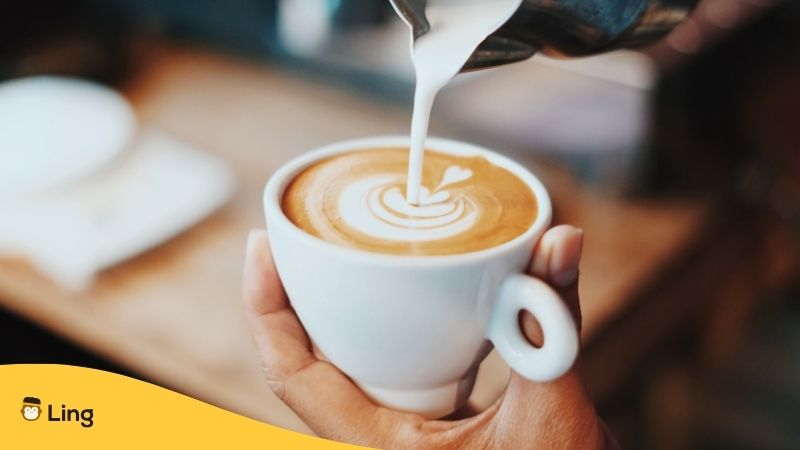
One of the primary sources of coffee for Croatia is Brazil, the largest coffee-producing country globally, known for its bold and rich beans.
These Brazilian beans often find their way into Croatian coffee cups, adding depth and intensity to the brew. Coffee from South and Central American countries, such as Colombia, Guatemala, and Costa Rica, is also a popular choice, offering a spectrum of flavors from fruity to nutty.
European coffee, sourced from countries like Italy and Austria, is appreciated for its traditional and well-balanced profiles, making it a beloved choice for many Croatians.
The coffee import market in Croatia is not limited to just one region. This diversity in sourcing ensures that coffee enthusiasts can enjoy an array of flavor profiles and experiences, which are an integral part of Croatia’s rich coffee culture. So, when you indulge in a cup of coffee in Croatia, you’re also taking a sip of the global coffee world.
Check out Croatian idioms and how to introduce yourself in Croatian to learn more about Croatian basics & have fun along the way!
Croatian Words For Coffee
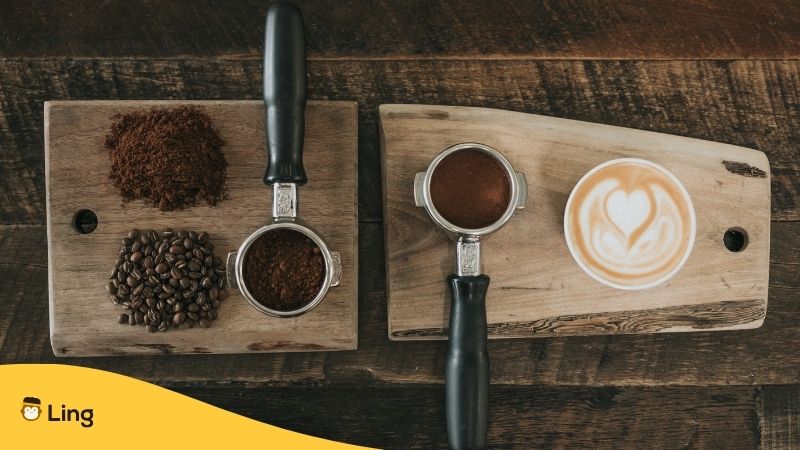
Here’s a handy table to help you learn some common coffee-related words in both English and Croatian:
| English | Croatian |
|---|---|
| Coffee | Kava |
| Espresso | Espresso |
| Cappuccino | Kapučino |
| Latte | Latte |
| Americano | Američki |
| Black coffee | Crna kava |
| Iced coffee | Kava s ledom |
| Coffee with milk | Kava s mlijekom |
| Coffee with sugar | Kava sa šećerom |
| Strong coffee | Jaka kava |
Now, go ahead and enjoy your cup of Croatian coffee, and remember these words to enhance your language skills while indulging in this wonderful experience.
Wrapping Things Up
Exploring the coffee culture of Croatia is not just about the beverage itself. It’s a journey into a world of tradition, relaxation, and connection. As you sip on your kava, you’ll be able to appreciate the nuances of this beautiful culture while mastering some essential Croatian words for coffee.
So, grab a cup of kava, savor the moment, and immerse yourself in Croatia’s heartwarming and welcoming culture. “Kava, molim!” (Coffee, please!).
Learn Croatian With Ling
Want to learn more Croatian? Download the Ling app for free from the App Store and Play Store today. It’s a highly researched language-learning app for a fun learning and personalized experience.
With the Ling app, you’ll hit your Croatian language goals with a bit of hard work and practice. Interactive games and voice overs are only some of the features available to help you learn a new language. Aside from Croatian, there are over 60 foreign languages to learn with the Ling app. Download it now!
